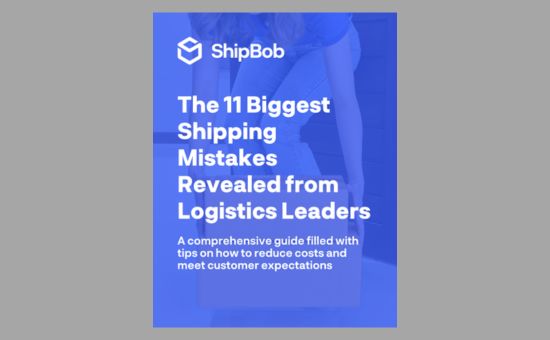CMI Market Guide: The Rise of Digital Brand Compliance | Fadel
Customer Experiences
Why This Market Guide: Key Findings
In today’s marketing and brand management landscape, business leaders across industries are tasked with managing a rapidly expanding number of digital media assets. This responsibility has become increasingly complex as these assets need to be crafted and managed with a consistent, distinctive brand voice across a wide variety of media types and channels. Additionally, these assets must comply with ever-evolving legal, licensing, usage, and brand-specific standards.
Managing the lifecycle of digital assets—from creation to retirement—to maximize their value for marketing and customer experience is a growing and intricate challenge. The new CMI Market Guide defines, assesses, and provides insights into a rapidly emerging need known as Digital Brand Compliance. This market is projected to grow at a CAGR of 18% over the next five years and is becoming a critical component of content management strategies for product and service companies.
Key Insights:
- Proliferation of Digital Media: Digital content is now central to everything brands communicate, with digital content operations evolving into a core, strategic function. This includes managing access rights, licensing, and asset compliance across internal and external channels.
- The complexity of Digital Compliance: As the marketing ecosystem rapidly evolves, the challenge has shifted from managing simple one-to-many relationships to more complex many-to-many relationships. Digital Brand Compliance now includes managing access and usage rights for media assets across multiple platforms. These assets may include a range of elements (e.g., images, video, music, voiceover), each with its own associated contracts, rights, and restrictions, requiring a unified “single source of truth” for compliance and management.
- Integrated Content Management Systems: Digital content management platforms, such as Product Information Management (PIM), Digital Asset Management (DAM), and Content Marketing Platforms (CMP), are increasingly becoming on-demand services that deliver dynamic experiences to end users. These systems incorporate features such as personalization, audience targeting, and digital asset display functions to meet the growing demands of content management.
- Automation and AI in Digital Asset Management: The use of automation and AI is accelerating the creation, management, and deployment of digital assets, leading to a higher volume and faster pace of content production. To keep up, content managers need tools that provide real-time insights into asset compliance, quality, and rights management, minimizing risks to brand reputation, legal compliance, and financial integrity.
- Why This Market Guide: Key Findings
- INTRODUCTION: Digital Media Becomes A Corporate Asset Worth Managing Well
- Dynamic Digital Rights Management
- Automated Content Quality Management (CQM)
- MARKET DEFINITION: What is Digital Brand Compliance, And Why Does It Matter
- MARKET SIZING: Digital Brand Compliance A New but Growing Segment of a Media Management Strategy
- MARKET DIRECTION: Digital Brand Compliance
- Conclusions
- Methodology
Number of Pages:
- 20 pages
Pricing:
- Free








